
Your puppy’s first day home with your family is a special day. Everyone is trying to find their new position in the household. There are new responsibilities, new adventures, and new toys everywhere!
Bringing a new puppy home is exciting but it can also be quite expensive, exhausting, and scary. A puppy’s needs are not unlike any new addition to the family. He needs lots of love, patience, and kindness, but he also needs clear rules and expectations from day one. He will need a place of his own and a safe environment all around him.
Whether you are adding a Mastiff puppy to a household already teaming with children and pets, or a Chihuahua puppy who will be your sole companion, you will find that very special accommodations need to be made to insure the health, happiness, and well being of your new friend and her new family.
Preparations for a new puppy should begin well before she ever romps across your living room or leaves her footprints in the grass outside. Your family should be made aware of the way having a puppy can change the structure in your home. Children need to understand that puppies are not toys and can not be treated as such. Everyone needs to know that anything left out will get chewed, messes will get made, and puppy will need to sleep as much as she will need to play.
Make sure children are taught to be careful when handling a puppy and small children should NEVER carry a puppy around. An adult should monitor interactions with small children at all times. Some puppies are very fragile and all puppies are wiggly, and rambunctious. Children should be taught to treat a puppy with respect. Children should never be in charge of discipline or correction of behavior.
If you are introducing a puppy to children in your home, make sure you lay down ground rules first. The children should be clear on what the rules and expectations are before you start to teach them to the puppy. If a small child would like to hold the puppy she should first sit down so when the puppy wriggles away, she won’t fall and get hurt.
Some basic rules should include:
1. Pick up your toys…or they may get ruined.
2. Don’t wake a sleeping puppy. She needs her rest.
3. Don’t interrupt a puppy who is eating. You might get bit.
4. Don’t carry a puppy around. Puppies break when dropped.
5. Don’t hit a puppy. It’s an adult’s job to discipline.
6. Treat a puppy like a friend, not a toy.
If you expect other four-legged friends to welcome this new interloper you will have to allow them to make friends on their terms. Any pets already part of your home may feel threatened or at least infringed upon. Allow them to come and investigate at their own pace and to withdraw when the want to. Remember, this is their turf and the new addition will have to learn her place.
Keep the puppy safe. She could become a target if your pets are not happy with her. The same could be said of children who were not receptive to having a puppy. Just make sure puppy has a place to be if you can not be right with her.
The house belongs first to those who were already there. Puppy may need to be excluded for a little while to allow other pets to investigate freely for the first little while, taking in all the new scents around. Make sure to reassure and lavish affection on any old friends who are feeling a bit misplaced.
When puppy comes home you should have done these things to prepare:
1. Clean up the clutter. Pick up anything that could pose a choking or intestinal blockage hazard. Remember, just about anything can get chewed and could get swallowed. Puppies mouths are well adapted for chewing on just about anything. Get down on your hands and knees to get a puppy’s eye view of the lay of the land.
2. Look for household hazards. Electrical cords seem to have some kind of magnetic energy that puppies can’t ignore. Make them inaccessible. These can be deadly. Put away rocking chairs and block off stairs. Many bones have been broken and crushed when curious puppies explore things at the wrong time.
3. Make sure you have a crate. Puppy should have a crate that is her bed. It should be a safe quiet place that she can go when everyone needs a break, or when you can’t watch her closely.
A crate should be plenty big enough, without being too big. If you only want to buy one crate and she will be a large breed dog someday, block off part of it while she is a puppy. Crates serve many purposes including housebreaking. She will not want to soil her own bed but if she can relieve herself far enough away from where she is sleeping she will not try to hold it as long.
A crate is the perfect place to put a puppy to bed at night. She will not agree at first, and your first few nights may be very noisy as she objects, but if you ignore her she will settle down and go to sleep. Make sure she goes outside to potty last thing at night and first thing in the morning before her little feet hit the ground. You may need to get up a bit earlier than usual to help her ‘make it through the night’ as she learns how to control her bladder and bowels.
A crate serves as a safe place she can be when you can’t be right with her. No one can hurt her, and she can’t get into trouble here. If she was not crate trained by the breeder then she will have to get used to it. It may take a few days but not more than three or four if you are consistent with it. He crate will quickly become her safe place and you will find her there on her own accord once she understands it is her special place.
A crate should never be used as a place she goes to be punished. No matter what, it should always be a ‘happy place’. Never scold her or swat her as you put her in her crate. Her toys and blanket or bedding will make it feel more homey for her.
4. Check your yard. Make sure there are no places she can escape. Look under or behind bushes, check wooden slats, and loose boards. If she is particularly small, you might need to make additional reinforcements to fences and gates. Follow her around closely. While she explores, let her show you areas that may pose a threat.
Make sure you don’t have any toxic plants in the yard. Puppies chew everything, including plants. Make sure you don’t have any snail, rat, or weed poison around, either on the ground or in bags and boxes. Make sure there is no anti-freeze or coolant from cars, or air conditioners around.
If you have a pool that she can get to, make sure she knows where the steps are. Puppies can swim but get exhausted very quickly and can drown if they don’t know how to get out. The best way is to get in with her and have her swim to the steps, if she does it a time or two, she will have a better chance at remembering where they are if she falls in by accident.
5. Make sure you have plenty of toys. There will be thousands of things that your puppy should not get into, make sure there are lots of things that are just for her. If you need to redirect her attention, make sure you have a variety of soft squeaky toys, nylon chews, and tug toys. Puppies get bored and you don’t provide plenty of variety, they will find their own entertainment.
6. Make sure you have an appropriate food. There are many different brands of food available and often there is better than what she has been eating since feeding a litter can be expensive. If you and your vet have chosen a proper food be sure to change her slowly. Mix about 2/3 what she has been getting with about 1/3 of what you want her to have for a day or two and then slowly change the ratio over the course of a week or more until she is just getting what is recommended by your vet. This will reduce upset tummy problems. Whatever food you use should be high quality and made just for puppies. Many are made for specific breed types to help meet their growth requirements. It is often a very good idea to mix canned and dry food to encourage good appetites and good nutrition.
Puppies need to eat often. A very young puppy should eat at least four times a day, and a very small breed may need to eat more often than that. Small breeds don’t have much fat or reserve and can experience attacks of hypoglycemia which can be life threatening. It is a good idea, in fact, to keep Karo syrup around just in case. If your puppy hasn’t eaten for a while and seems weak or dizzy, rub some Karo syrup on her gums and see if she improves, it should happen right away, within minutes. If she does, feed her. If she does not, get her to a vet immediately.
A general rule of thumb on feeding a puppy is that she should have as much as she wants to eat in about 15 minutes time. If she eats what you gave her right away and is looking for more, give her more inside that 15 minutes. If she leaves a lot behind, pick it up and throw it away and offer her less next time. Never leave her food down to get rancid, spoil, or attract bugs. Another reason to feed on a regular basis instead of ‘free-feeding’ is that her appetite or lack there of is often your first clue if she isn’t feeling well. A full bowl might mean she isn’t hungry because she just ate, or it could mean she is getting sick.
If your puppy will be home alone for long periods of time you may want to have someone come in and visit from time to time to make sure she gets a chance to go outside to relieve herself and eat regularly. Puppies get very lonely and should have plenty of company and opportunity to play and grow.
Make sure you find a good vet and follow the Doctors recommendations closely. Once she has completed her series of vaccines you can start taking her out in public. She should be properly socialized to allow her the experiences needed to help her discern what to nervous about and what not to. An obedience class is a must to help her learn that she needs to listen to you even when there are many distractions around. That tidbit could save a lot of grief, it could save her life. If she gets out and knows to listen, she may not decide to dart into the street in front of that Chevy. She should be socialized to make her safer to be around. A fearful dog can be dangerous to friends who may visit, or even to your even to your own family. She doesn’t have to be big to be dangerous so socialization should be a focus. Some breeds are more naturally social than others of course.
Having a puppy should be a great deal of fun but if you understand what you are getting into before you bring her home, your transition will be much more smooth and enjoyable for all.
Congratulations on your new friend. May it be the beginning of many new memories for everyone.
Laura Anderson
http://www.puppys-place.com
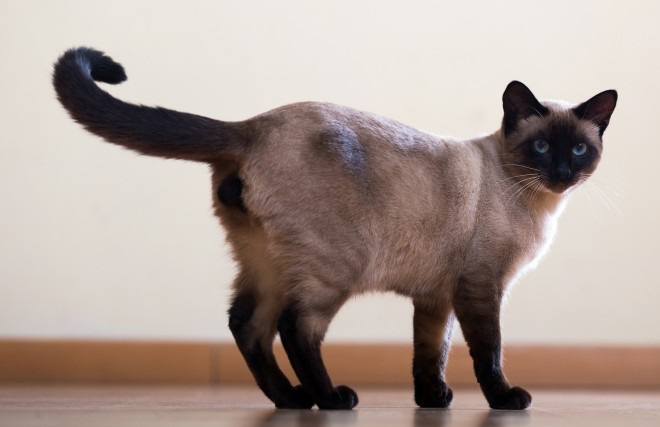 Five Breeds Of Cats That Tend To Get On Well With Dogs
Five Breeds Of Cats That Tend To Get On Well With Dogs
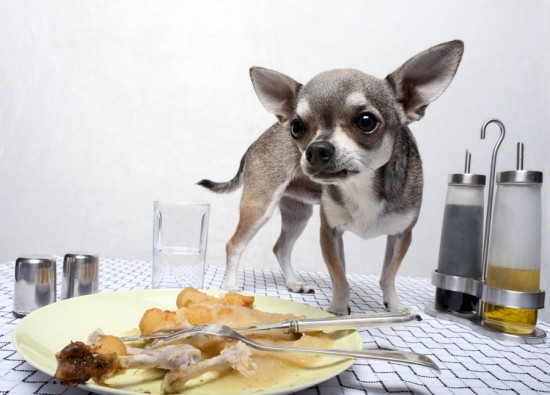 What Foods Are Poisonous To Dogs?
What Foods Are Poisonous To Dogs?
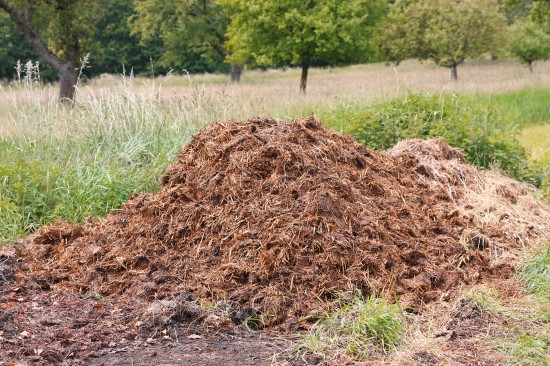 Horse Manure The Smelly Truth - How The Law On Waste Could Get You In A Heap Of Trouble
Horse Manure The Smelly Truth - How The Law On Waste Could Get You In A Heap Of Trouble
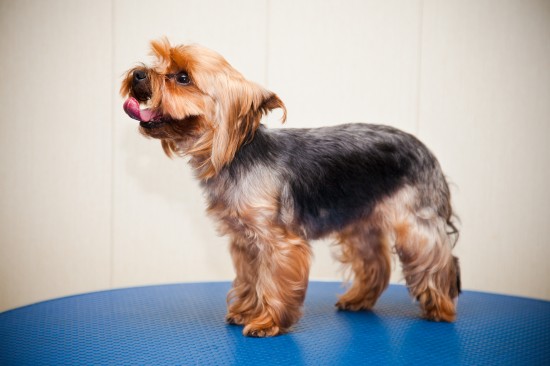 Coping With Atopic Dermatitis In Yorkshire Terriers
Coping With Atopic Dermatitis In Yorkshire Terriers
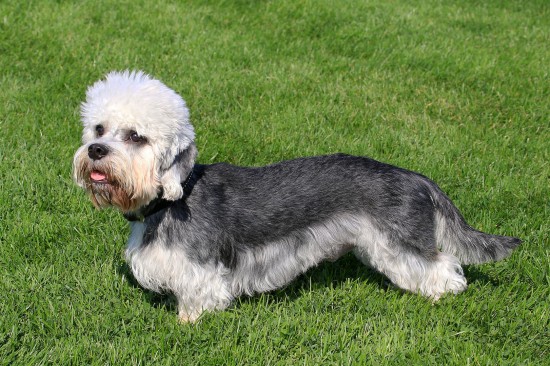 Dandie Dinmont Terrier Hereditary Health And Genetic Diversity
Dandie Dinmont Terrier Hereditary Health And Genetic Diversity
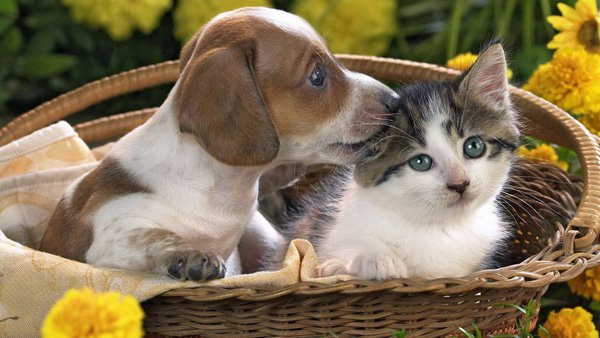 Why you should get leather dog collar for your pet?
Why you should get leather dog collar for your pet?
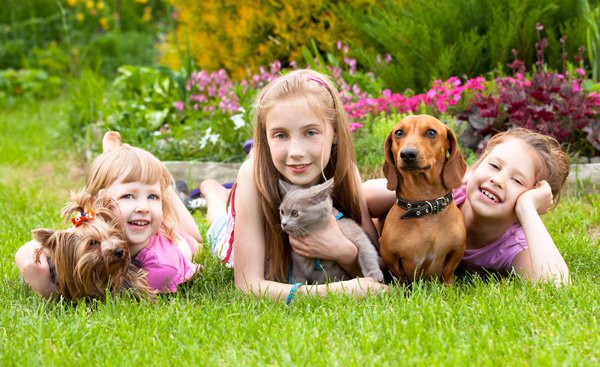 Avoid Brutal Pest Infestation – Get Pest Removal Services from the Professionals
Avoid Brutal Pest Infestation – Get Pest Removal Services
Avoid Brutal Pest Infestation – Get Pest Removal Services from the Professionals
Avoid Brutal Pest Infestation – Get Pest Removal Services
 High Fiber Cat Food: Bad Fiber
Fiber is needed in a cat’s diet. Many experts will have
High Fiber Cat Food: Bad Fiber
Fiber is needed in a cat’s diet. Many experts will have
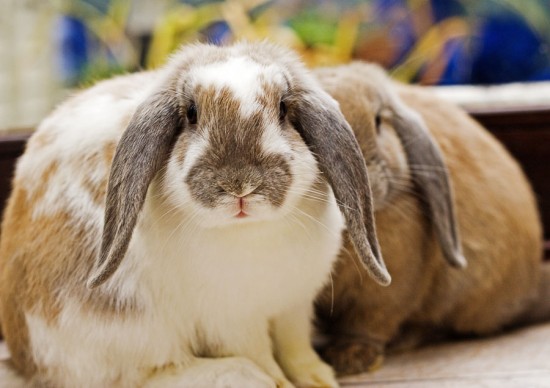 So You Want To Keep Rabbits?
So You Want To Ke
So You Want To Keep Rabbits?
So You Want To Ke
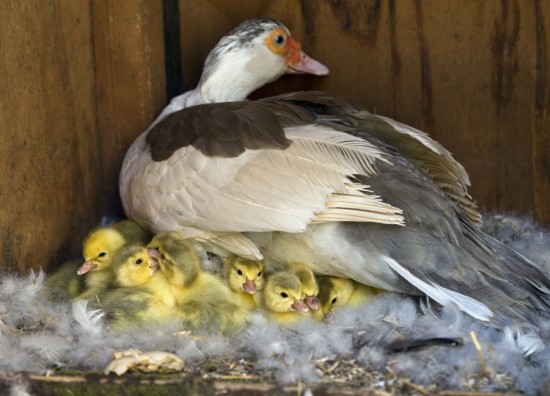 Caring For Ducklings Hatched Under A Broody Hen
Caring For Duckli
Caring For Ducklings Hatched Under A Broody Hen
Caring For Duckli
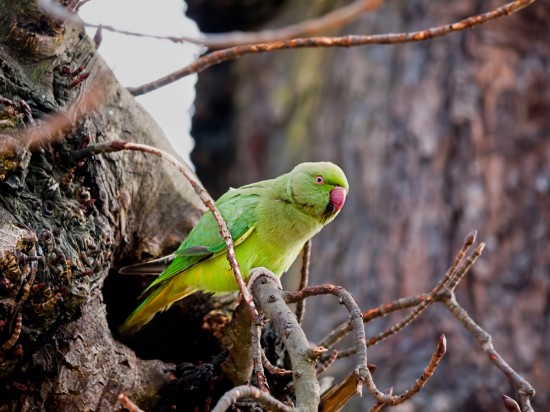 Exotic Birds Living Wild In London - The Feral London Parrots
Exotic Birds Livi
Exotic Birds Living Wild In London - The Feral London Parrots
Exotic Birds Livi
Copyright © 2005-2016 Pet Information All Rights Reserved
Contact us: www162date@outlook.com